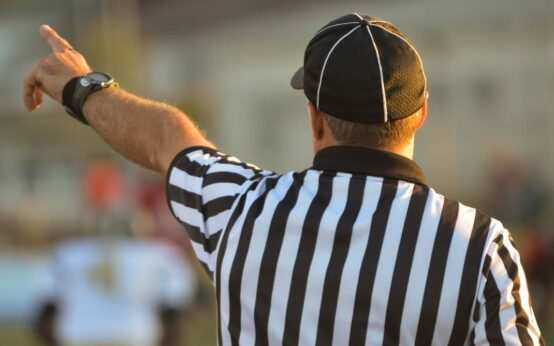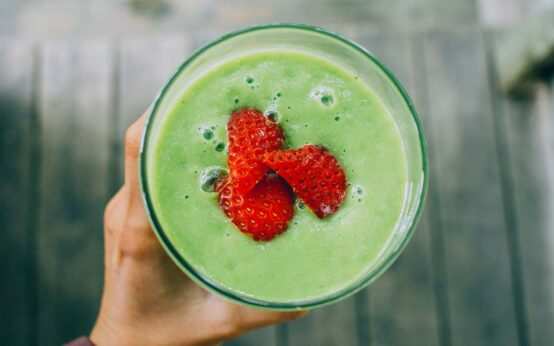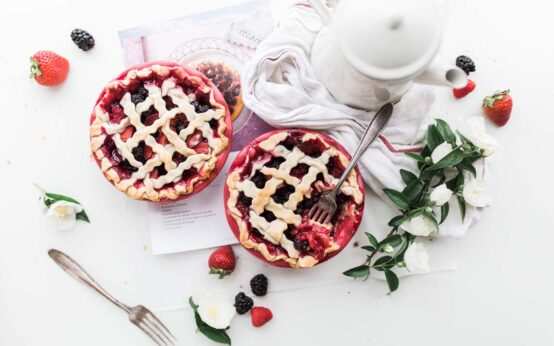In recent years, science and technology have moved far beyond traditional labs. One of the newest and strangest trends is being led by a group of people called biohackers. These are individuals often not professional scientists who experiment with biology in their own homes or small labs. Their latest creation? Glow-in-the-dark alcohol.
It sounds fun and futuristic, but this strange mix of science and booze is now giving the U.S. Food and Drug Administration (FDA) a serious headache. Why? Because it raises big questions about safety, legality, and how far DIY science should go.
What Is Glow-In-The-Dark Alcohol?
Glow-in-the-dark alcohol is exactly what it sounds like drinks that glow under UV light. This effect is created using bioluminescent DNA, which comes from organisms like jellyfish or fireflies. Biohackers are inserting this special DNA into yeast, which is then used to brew beer or other alcoholic drinks. When the drink is ready, it lights up in the dark, just like something from a science fiction movie.
For many people, it sounds like a cool party trick. But for health officials and regulators, it raises red flags.
Who Are the DNA Biohackers?
Biohackers are part of a growing community of people who use science and technology to improve or change the human body or nature—outside of traditional science institutions. Some are former scientists, while others are curious hobbyists. Many of them believe that science should be open to everyone, not just professionals in big labs.
In this case, biohackers are experimenting with synthetic biology, which means editing or creating DNA to build new forms of life or change how organisms behave. That’s how they’ve managed to make yeast that glows—and then use that yeast to brew alcohol.
Why Is the FDA Concerned?
The FDA is responsible for protecting public health by checking the safety of food, drugs, and beverages. When it comes to new products especially those that involve genetic modification—the agency needs to make sure they’re safe to consume.
Here’s why glow-in-the-dark booze is a problem:
- Unknown Health Effects: No one is really sure what happens when people drink alcohol made with genetically altered glowing yeast. It could be harmless—or not.
- No Approval Process: Many biohackers are creating and sharing these drinks without FDA approval or safety testing, which is legally required for new food ingredients.
- Unregulated Sales: Some biohackers have tried to sell or distribute these drinks at events or online, which makes it even harder for the FDA to control.
Are These Drinks Legal?
As of now, glow-in-the-dark alcohol is in a legal gray area. Because it involves both alcohol and genetically modified organisms (GMOs), it falls under several government rules. But since biohackers are often working outside of companies or labs, no one is officially responsible for testing or labeling the drinks.
That’s what makes the situation tricky for the FDA. They can’t easily track who’s making the drinks or where they’re being shared. And with more biohackers sharing recipes and guides online, it’s spreading quickly.
What Could Go Wrong?
While glowing drinks may seem fun and harmless, experts warn that there could be risks:
- Allergic Reactions: Some people might be allergic to the proteins produced by glowing yeast.
- Long-Term Effects: Since these drinks haven’t been tested in humans, we don’t know if they could cause problems over time.
- Uncontrolled Use: Without labeling or limits, someone could unknowingly drink too much of something that hasn’t been tested for safety.
The Debate Over DIY Science
The glow-in-the-dark alcohol trend has sparked a bigger debate: Should anyone be allowed to experiment with DNA and food?
Supporters of biohacking say that science should be open and creative. They believe that with the right tools, anyone can innovate and push the boundaries of what’s possible. They also say that big companies and governments shouldn’t control all scientific progress.
But critics argue that when it comes to food and health, safety must come first. If drinks or foods are made using untested genetic modifications, the public has a right to know and to be protected from harm.


 Pick A Holiday Dessert And We’ll Tell You Which Christmas Movie To Watch
Pick A Holiday Dessert And We’ll Tell You Which Christmas Movie To Watch 


